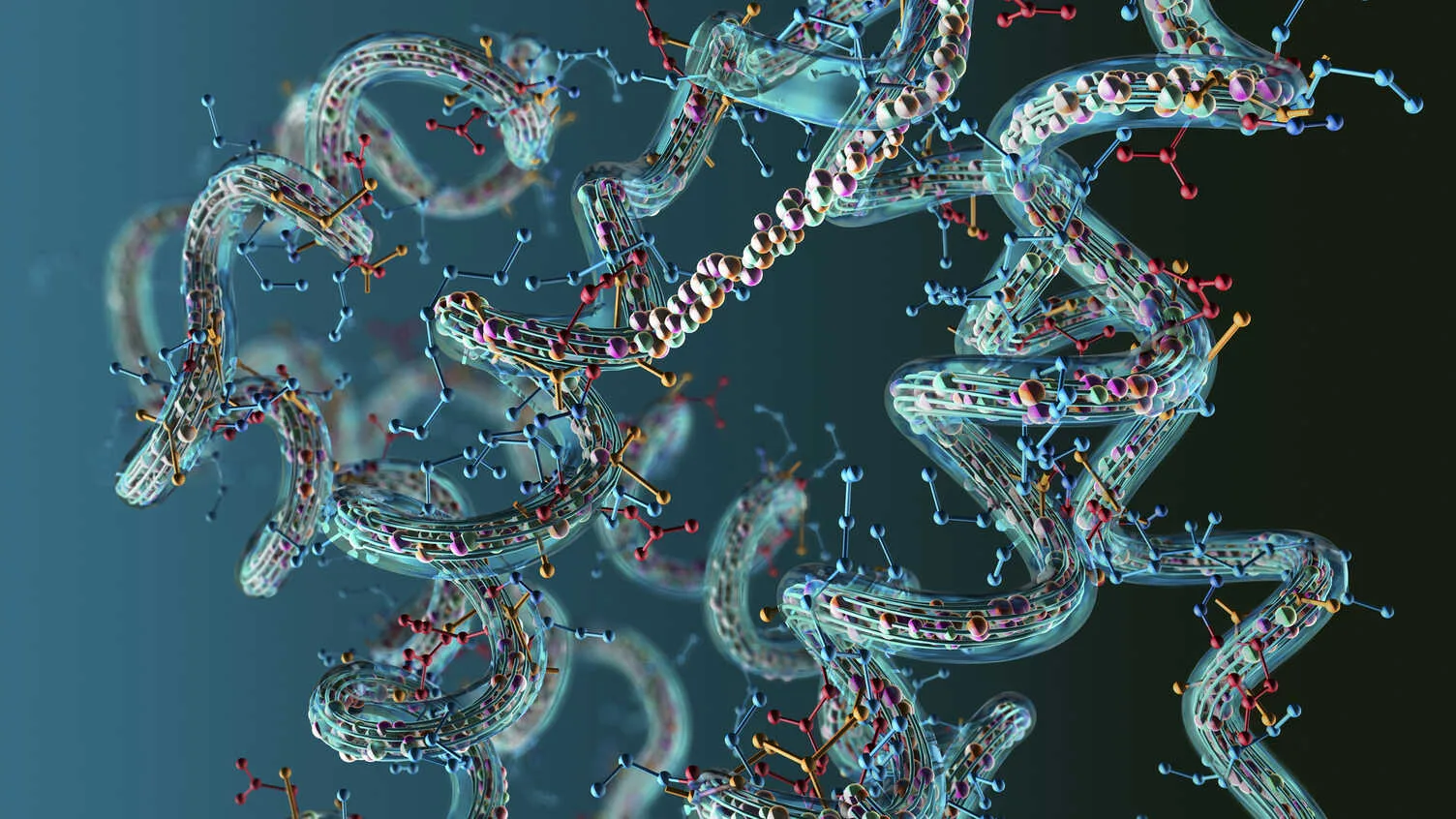AI Revolutionizes Drug Design: A New Era of Protein Engineering
Scientists at the University of Sheffield, in collaboration with AstraZeneca, have pioneered a groundbreaking AI-driven method poised to transform the landscape of drug discovery. This innovative approach promises to accelerate the design of proteins for novel medicines, potentially leading to more effective and targeted therapies.
The Power of AI in Protein Design
Traditional protein design is a complex and time-consuming process. This new AI approach streamlines this process by:
- Predicting protein structures with greater accuracy.
- Identifying potential drug targets more efficiently.
- Accelerating the development of new therapeutic proteins.
How Does It Work?
The AI algorithm analyzes vast amounts of protein data to learn the underlying principles of protein structure and function. This knowledge allows it to:
- Generate novel protein designs with desired properties.
- Optimize existing proteins for improved efficacy and safety.
- Predict how proteins will interact with potential drug candidates.
Implications for Future Medicines
This AI-powered protein design method holds immense promise for the future of medicine. It could lead to:
- Faster development of new drugs for a wide range of diseases.
- More personalized therapies tailored to individual patients.
- Reduced development costs, making medicines more accessible.
A Collaborative Effort
The collaboration between the University of Sheffield and AstraZeneca highlights the importance of combining academic research with industry expertise. This partnership has been instrumental in translating cutting-edge AI technology into practical applications for drug discovery.
Final Words
The development of this AI approach marks a significant step forward in the field of protein engineering. By harnessing the power of artificial intelligence, scientists are paving the way for a new era of drug design, with the potential to revolutionize the treatment of diseases and improve human health.




+ There are no comments
Add yours